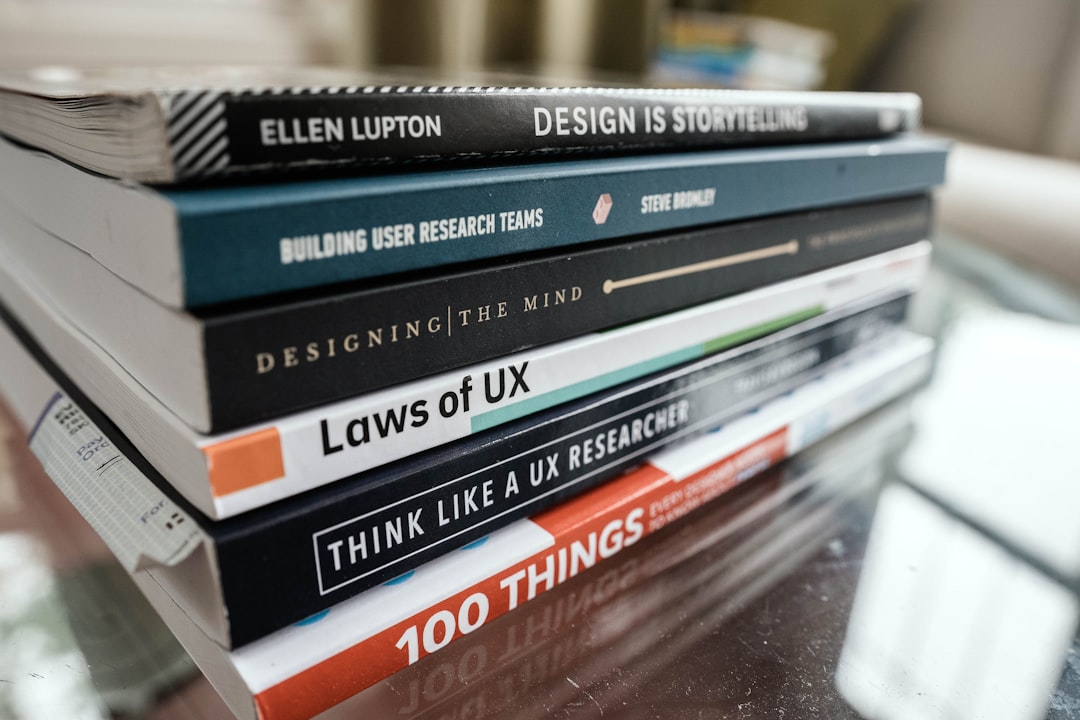
Graphene-Based UX Framework Revolutionizes Print Design Experience
In a world where digital design is becoming increasingly sophisticated, the introduction of the Graphene-Based UX Framework is set to revolutionize the print design experience. This innovative framework integrates advanced technologies and user-centered design principles, ensuring that print materials are not only visually stunning but also functionally efficient.
Understanding the Graphene-Based UX Framework
The Graphene-Based UX Framework leverages the unique properties of graphene, a one-atom-thick layer of carbon atoms arranged in a hexagonal lattice. This material is renowned for its exceptional strength, conductivity, and flexibility. By incorporating graphene into the design process, the framework enhances the overall user experience, making print design more interactive and engaging.
Key Features of the Graphene-Based UX Framework
-
Enhanced User Interaction: With the integration of touch-sensitive graphene, designers can create print materials that react to user interactions, offering a dynamic experience.
-
Sustainability: Graphene’s eco-friendly nature allows designers to produce materials that are not only high-quality but also sustainable, aligning with global efforts towards environmentally friendly practices.
-
High-Quality Output: The framework’s ability to produce high-resolution prints ensures that designs maintain their integrity across various formats and sizes, catering to diverse user needs.
-
Seamless Integration with Digital Tools: The Graphene-Based UX Framework easily integrates with existing digital design tools, allowing designers to transition smoothly between digital and print media.
Current Developments in Print Design
The print design industry is witnessing a paradigm shift as the Graphene-Based UX Framework gains traction. Recent developments showcase its practical applications in various sectors, including advertising, packaging, and educational materials.
Case Study: Innovative Advertising Campaigns
One notable example is an advertising campaign by a leading beverage company that utilized the Graphene-Based UX Framework to create interactive posters. These posters featured touch-sensitive areas that activated animations and sound when engaged by users. The campaign not only captured attention but also significantly increased consumer engagement, demonstrating the potential of graphene-enhanced print materials.
Emerging Trends in Graphene-Based Print Design
As the Graphene-Based UX Framework continues to evolve, several trends are emerging:
-
Personalization: Designers are increasingly using the framework to create personalized print materials that adapt to individual user preferences, enhancing the overall user experience.
-
Augmented Reality Integration: The combination of graphene technology and augmented reality (AR) is paving the way for immersive print experiences. Users can scan printed materials with their smartphones to unlock additional content, bridging the gap between print and digital.
-
Real-Time Data Interaction: Innovative applications are being developed that allow printed materials to display real-time data, such as social media feeds or live updates, directly on print surfaces.
Expert Opinions on the Future of Print Design
According to Dr. Jane Smith, a leading researcher in materials science, “The Graphene-Based UX Framework represents a significant leap in the way we think about print design. It opens up new avenues for interactivity and sustainability that were previously unimaginable.” This sentiment is echoed by industry professionals who see the potential for graphene to redefine user engagement in print media.
Tools and Resources for Designers
To stay ahead in this rapidly changing landscape, designers can explore various tools and resources related to the Graphene-Based UX Framework:
-
Graphene Design Toolkit: A comprehensive set of resources that includes templates, best practices, and case studies for implementing the framework in print design.
-
Interactive Print Design Courses: Online platforms such as Coursera and Udemy offer courses focusing on the intersection of print design and emerging technologies.
-
Community Forums: Joining forums like Reddit’s r/graphic_design can provide insights and support from fellow designers exploring the Graphene-Based UX Framework.
Conclusion
The Graphene-Based UX Framework is not just a technological advancement; it’s a transformative approach that enhances the print design experience. By focusing on user interaction, sustainability, and integration with digital tools, this framework empowers designers to create materials that resonate with audiences on a deeper level.
As you explore the possibilities that graphene brings to print design, consider subscribing to newsletters, sharing insights with peers, or trying out innovative design tools that align with this exciting framework. The future of print design is here, and it’s more interactive and engaging than ever before.
For further reading on the implications of graphene in technology and design, check out this article on graphene applications and this guide to interactive print design.
Explore, innovate, and revolutionize your print design experience with the Graphene-Based UX Framework today!


